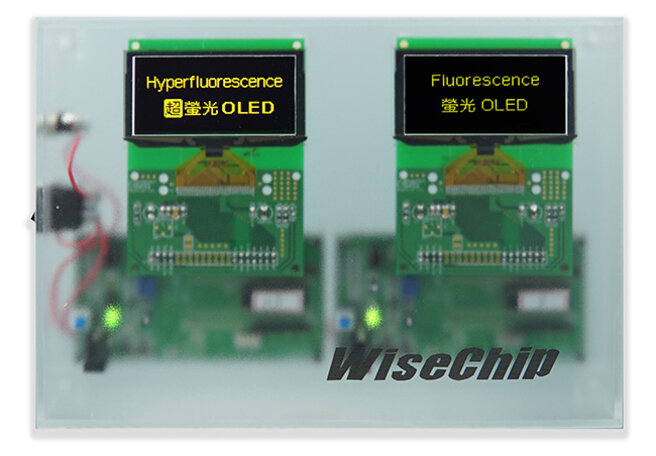OLED Displays
Low Power & High Contrast
OLED (Organic Light Emitting Device) is self-illuminating and does not require a backlight like LCD. This promises low power consumption and very high contrast.
OLED displays can be used for a wide range of products from all sectors, such as household appliances, kitchen appliances, tools, handheld measuring devices and medical technology. They are ideal for IoT devices, such as displaying battery level, IP address, link status and more.
Key Features
- Self-luminous: no backlight required
- High contrast: >10,000:1
- Sunlight readable
- Low power consumption: Ø 500mW (ideal for battery operation)
- Free viewing angle 180
- Fast switching time
- From simple segmented display to full graphics
- Monochrome in different colors or full color
- Narrow bezel
- Long lifetime
- Simple interface: Can be controlled with any micro-controller
- Much cheaper than comparable TFT
- Wide temperature range (-40°C...+85°C)
- Sizes from 0.6" to 5.8"
Whitepaper: Don't be afraid of OLED! (Ger)
Definition - Functionality - Properties - Control - Applications
This white paper looks at how OLED technology works, its fundamental differences from LCD, and goes into detail about issues such as lifetime, control, interfaces and applications. Tricks and strategies for handling such as possibilities for extending the service life are also examined in detail.
The World's First Hyperfluorescent OLED Display
HY-LINE presents the world's first commercial product with 4th generation hyperfluorescent OLED light emission technology. This makes OLED displays even more suitable for long life applications.
Specifications
- Diagonal: 2,7"
- Resolution: 128x64
- Brightness: 220 cd/m2
- Lifetime: 200,000 h
Key Features
- Higher efficiency: 2.5x brighter than standard PMOLED with the same power consumption
- With standard brightness: Lower power consumption = longer battery life
- Longer lifetime: wider application range than standard OLED, longer service life
Transparent passive matrix OLED
Transparent multicolor segment display
Advantages:
Self-luminous: no backlight required, High contrast: >10,000:1, Sunlight readable, Low power consumption: Ø 500mW (ideal for battery operation), Free viewing angle 180
Features:
4,1“, Display Type: Segment Type, Colors: Red/Orange/Green/Blue, Brightness: : 1000 cd/m², Interface: I2C
Consulting and contact
Your wishlist is empty



